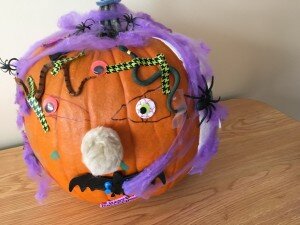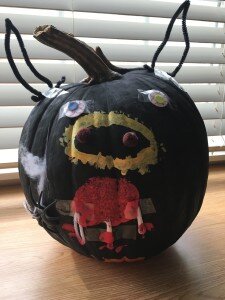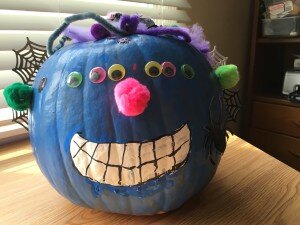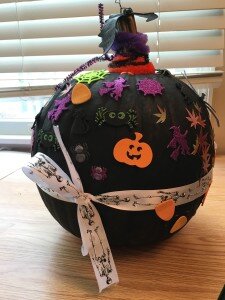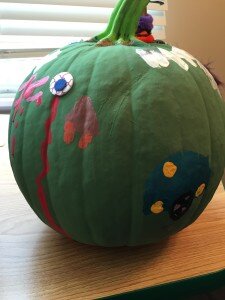Why is my kid decorating pumpkins in a social skills group?
At Therapeutic Options, our social skills groups devote a couple of weeks in early October to our Pumpkin Productions. The first week, group members are placed in working groups of 2-3 and are tasked with jointly creating and planning out a pumpkin design idea, and the following week they implement the design.
The pumpkin-planning lesson begins with a discussion about the skills necessary to work well with other people. Usually, at least one individual moans and groans, declaring that he prefers to work alone; when this happens, we talk about how the project provides the perfect opportunity to work on collaboration, a skill that he may not be so good at. We then take the opportunity to break down the elements of a successful partnership, which include active listening, sharing ideas, having an open mind and being flexible. Ultimately, this project provides the opportunity for the kids to feel successful in their ability to work cooperatively with another person.
The kids must first talk – and listen – to one another about their ideas. Only after everyone has been heard can they make a collective decision about what their group’s pumpkin will look like.
Sometimes, we have a very rigid thinker who is unable to go along with a crazy idea. This year, two of the kids in a group wanted to turn their pumpkin on its side and use the stem as a nose, but the third member of the group was adamantly opposed to this idea; he could not accept that the top of a pumpkin could become a face, rather than a head! Despite being cajoled by his group-mates, he simply unable to agree to this novel use of the stem.
Situations like this present real-world problems that the kids must resolve, with the benefit of adult facilitators to help them work through the challenge. Every step of the way, we are able to observe the social strengths and weaknesses of every group member, which in turn helps us tailor our work with each individual in group.
Now, here are some of our wonderful pumpkins!


